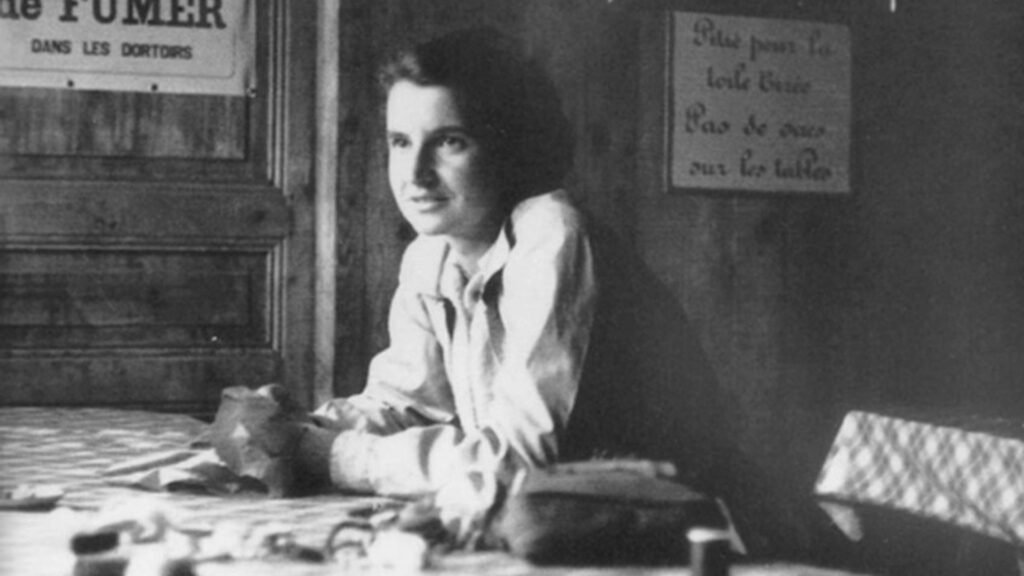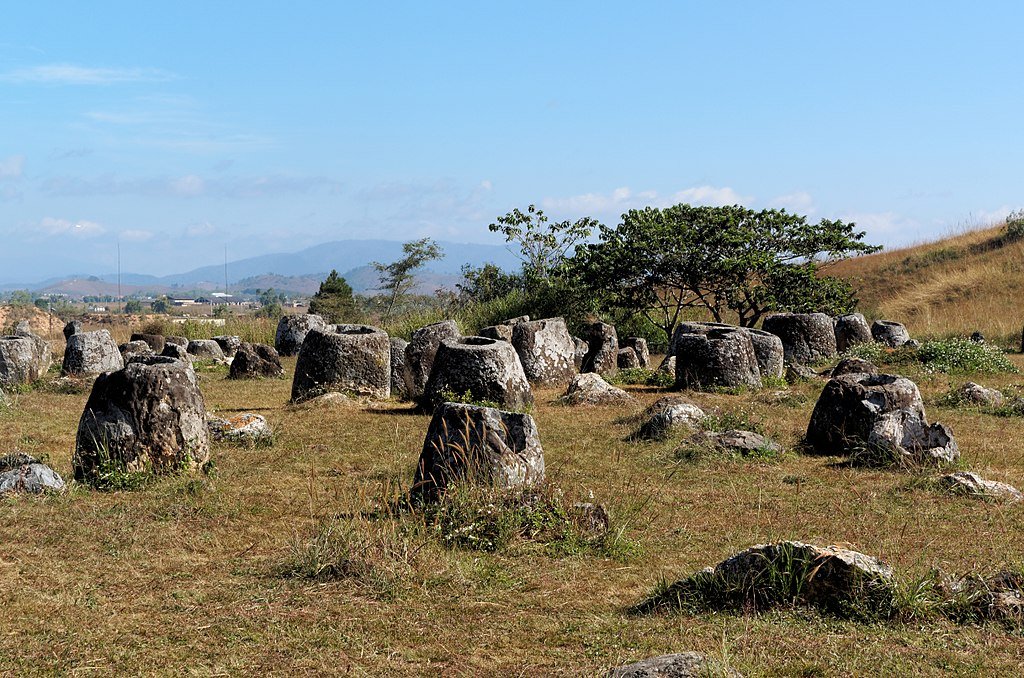DNA, the blueprint of life, is foundational to understanding genetics and molecular biology. The structure of DNA, famously known as the double helix, has become a symbol of modern science. However, the story behind this groundbreaking discovery is not complete without recognizing the contributions of Rosalind Franklin. Her work, crucial yet often overshadowed, provided the insights necessary to reveal DNA’s intricate structure. This article delves into Franklin’s vital contribution to the discovery of the DNA double helix, highlighting her role in transforming biological science.
Early Life and Education
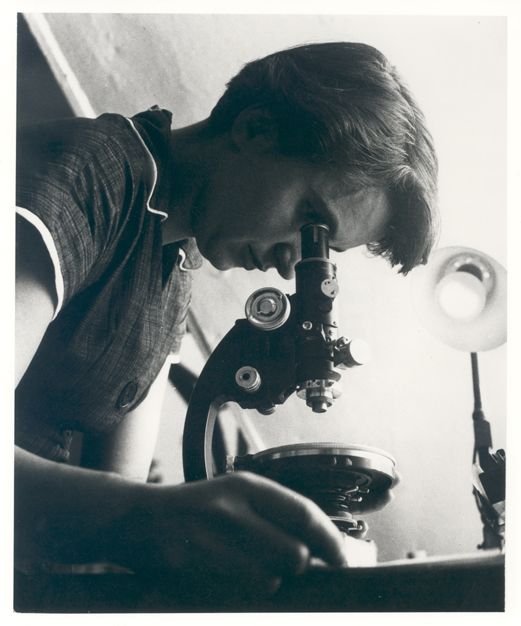
Rosalind Franklin was born on July 25, 1920, in London, England. Known for her intellectual prowess from a young age, Franklin pursued her studies at Newnham College, Cambridge. There, she excelled in natural sciences, gravitating towards physics and chemistry. After completing her degree, Franklin conducted research at the University of Cambridge, where she laid the foundation for her career in X-ray crystallography—a technique she would later use in her groundbreaking research on DNA.
Meeting DNA: The Move to King’s College
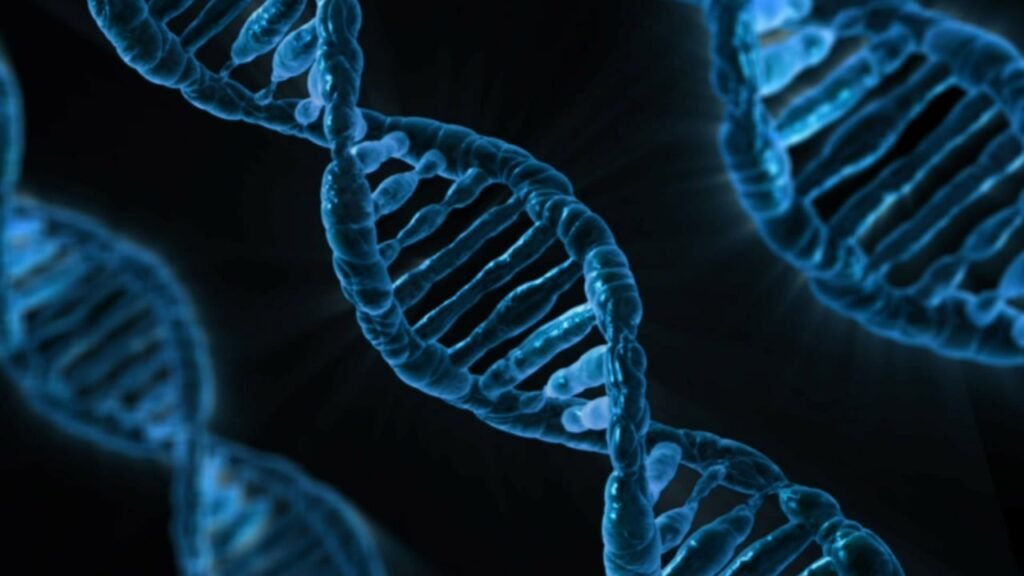
In 1951, Franklin joined the Biophysics Unit at King’s College London, where she began her pivotal research on DNA. Franklin was tasked with using X-ray diffraction to study the structure of DNA. Her expertise in this sophisticated technique allowed her to capture high-quality images that would become instrumental in understanding DNA’s configuration. Among these images was the famous “Photo 51,” which played a crucial role in identifying the structure of DNA.
Photo 51: The Key to the Double Helix
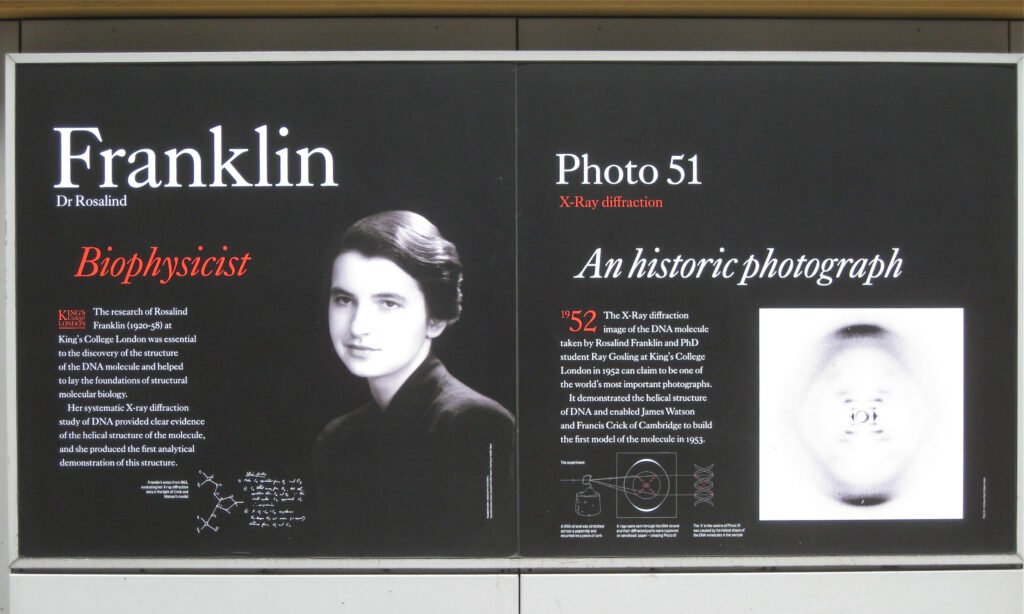
“Photo 51” is one of the most significant scientific photographs ever taken. This image, produced by Franklin and her doctoral student, Raymond Gosling, presented a clear X-ray diffraction pattern of DNA. The pattern suggested a helical structure, but more importantly, it provided the vital measurements needed to understand the DNA molecule’s geometry. Despite its importance, Franklin’s contribution through Photo 51 was largely unrecognized at the time—a situation compounded by the subsequent use of her data without proper attribution.
The Race to Discover DNA’s Structure
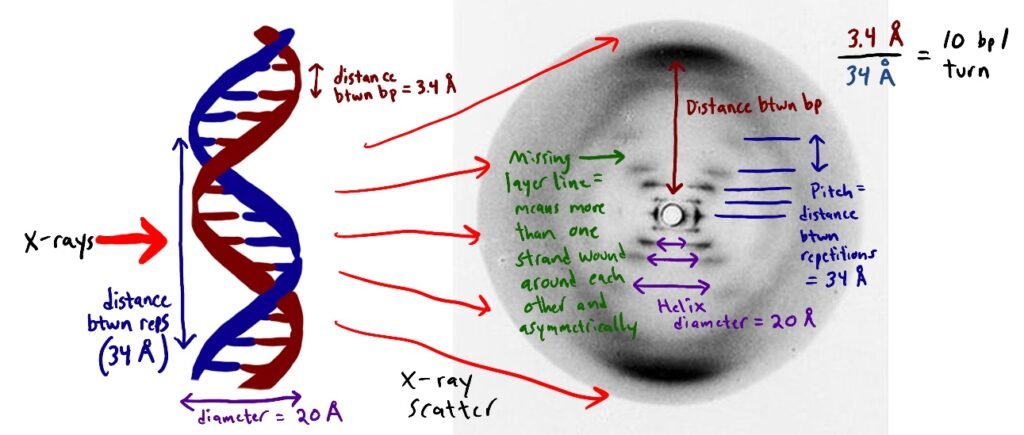
In 1953, James Watson and Francis Crick announced their model of the DNA structure—the double helix. Their discovery was informed significantly by Franklin’s data, particularly insights gleaned from Photo 51. However, Franklin’s role was not duly acknowledged in their publication, and both Watson and Crick, along with Maurice Wilkins, received the Nobel Prize in Physiology or Medicine in 1962, after Franklin’s untimely death in 1958.
Legacy and Recognition

Today, Rosalind Franklin’s contribution to the discovery of the DNA structure is widely acknowledged in the scientific community. Her meticulous approach to research set high standards, and her work is a testament to the vital role of women in science—often underappreciated in their own time. Franklin’s story serves as a poignant reminder of the importance of crediting scientific discovery accurately and fairly.
Rosalind Franklin’s Impact on Science
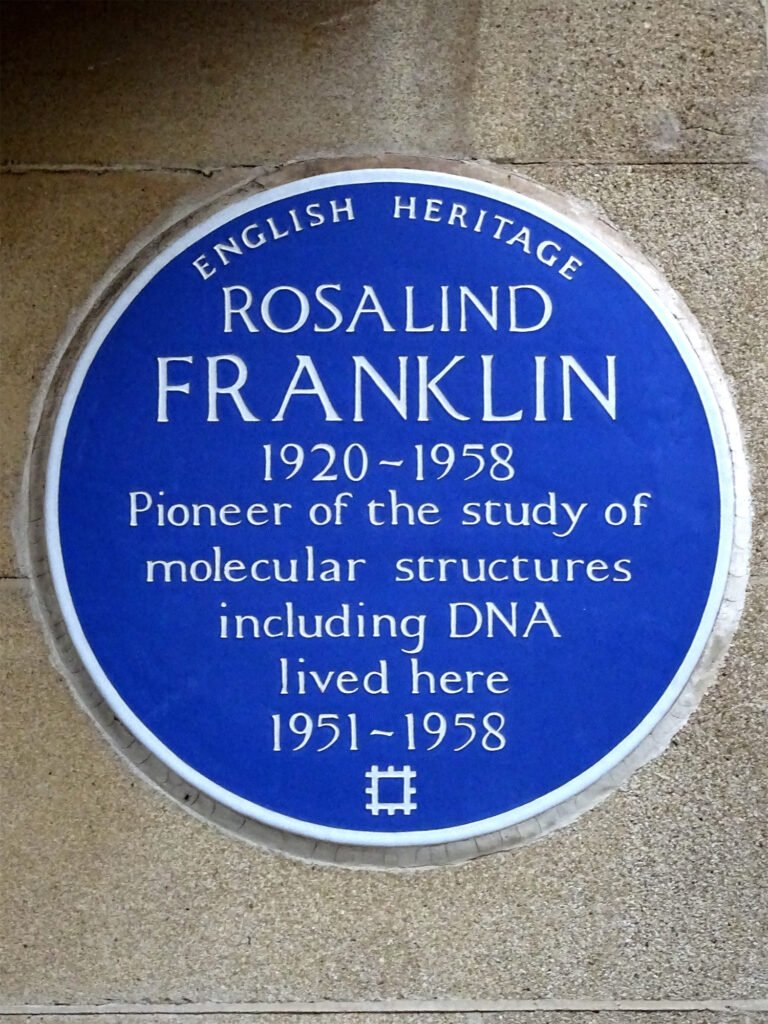
Beyond her work on DNA, Franklin made significant contributions to the understanding of the molecular structures of viruses and coal. Her versatile expertise underscores the breadth of her impact on science, reaching beyond the realm of genetics. Franklin’s approach and dedication continue to inspire new generations of scientists, particularly women, to pursue excellence and innovation in the field of molecular biology.
Conclusion
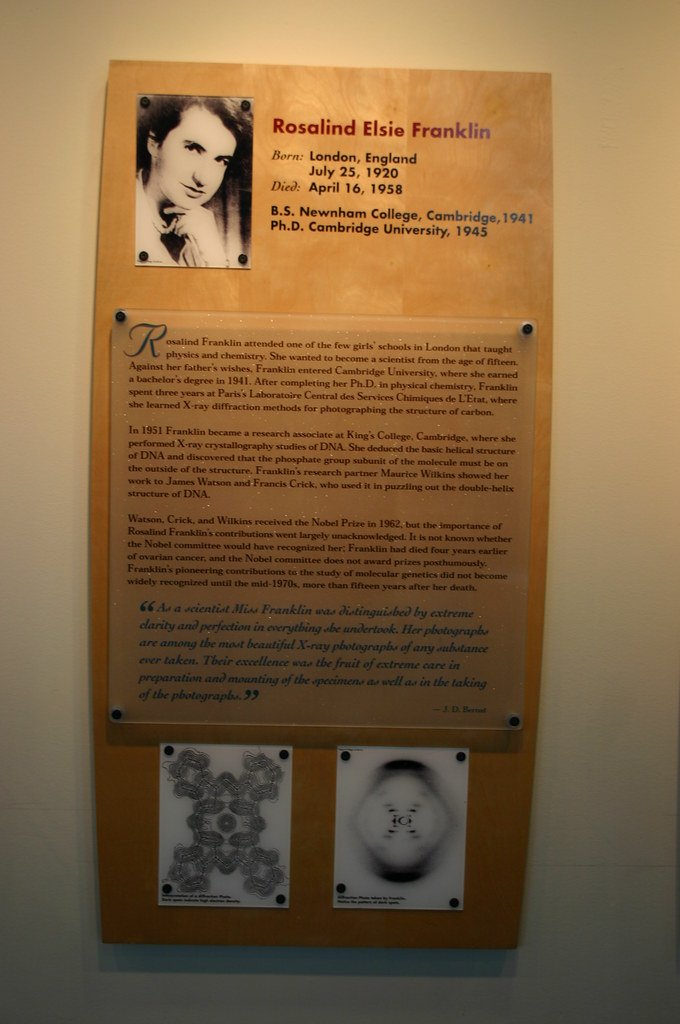
The discovery of DNA’s double helix was a collaborative and multi-faceted achievement, with Rosalind Franklin’s research being a cornerstone of this landmark scientific breakthrough. As her contributions receive the recognition they deserve, Franklin stands not only as a key figure in understanding the fabric of life but as an icon of perseverance and excellence in science. Her legacy continues to remind us of the critical contributions women have made and are making in scientific fields across the globe.

